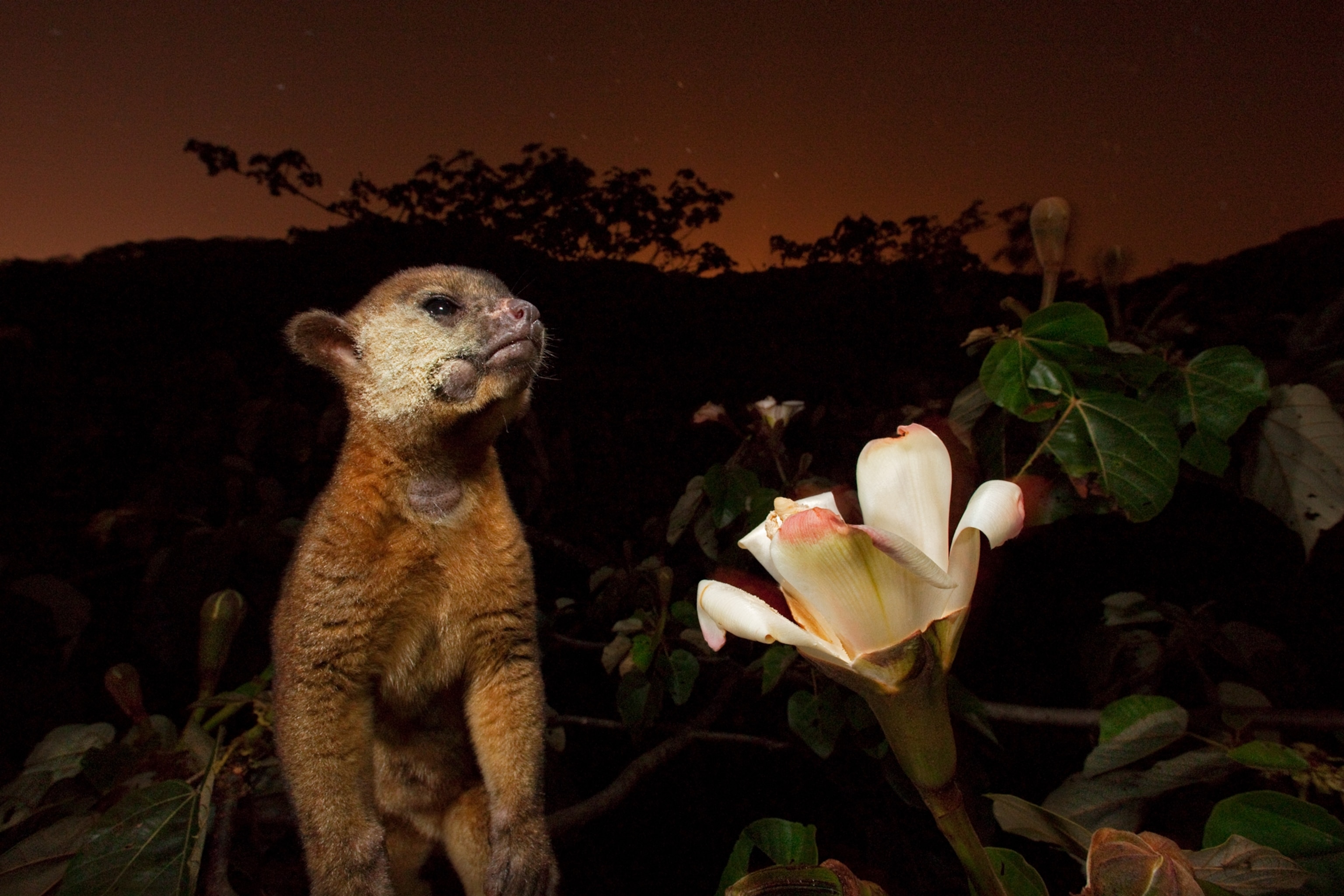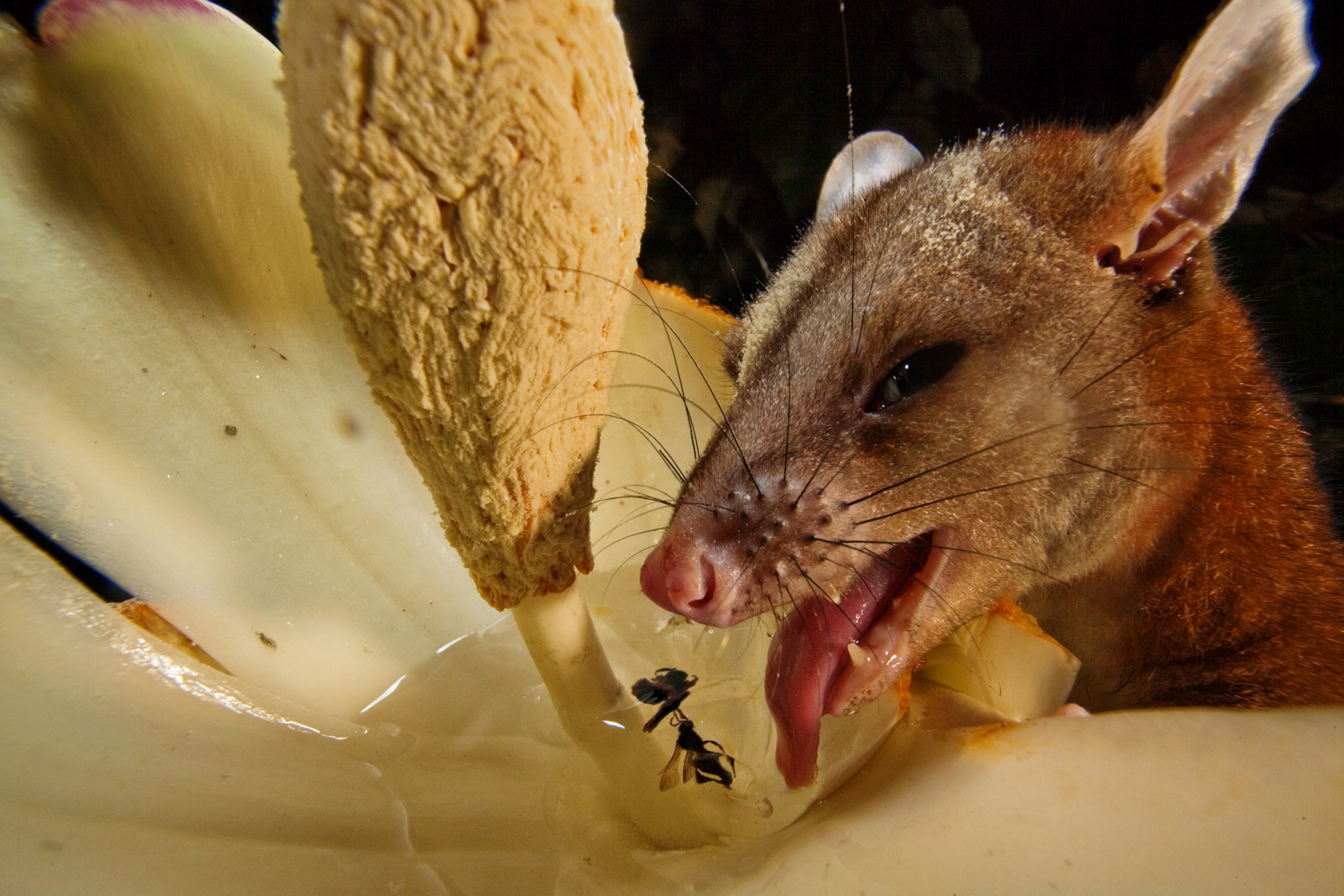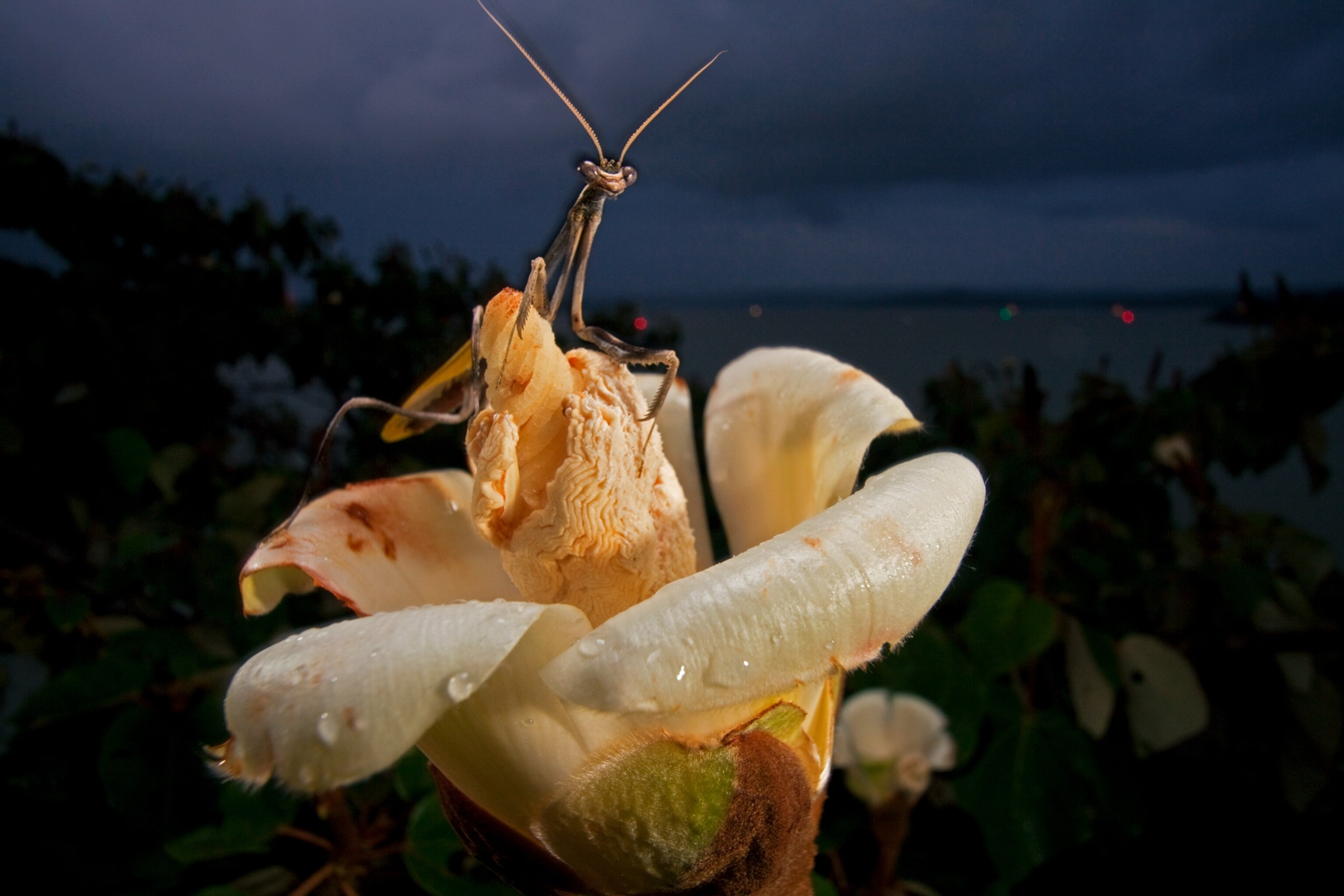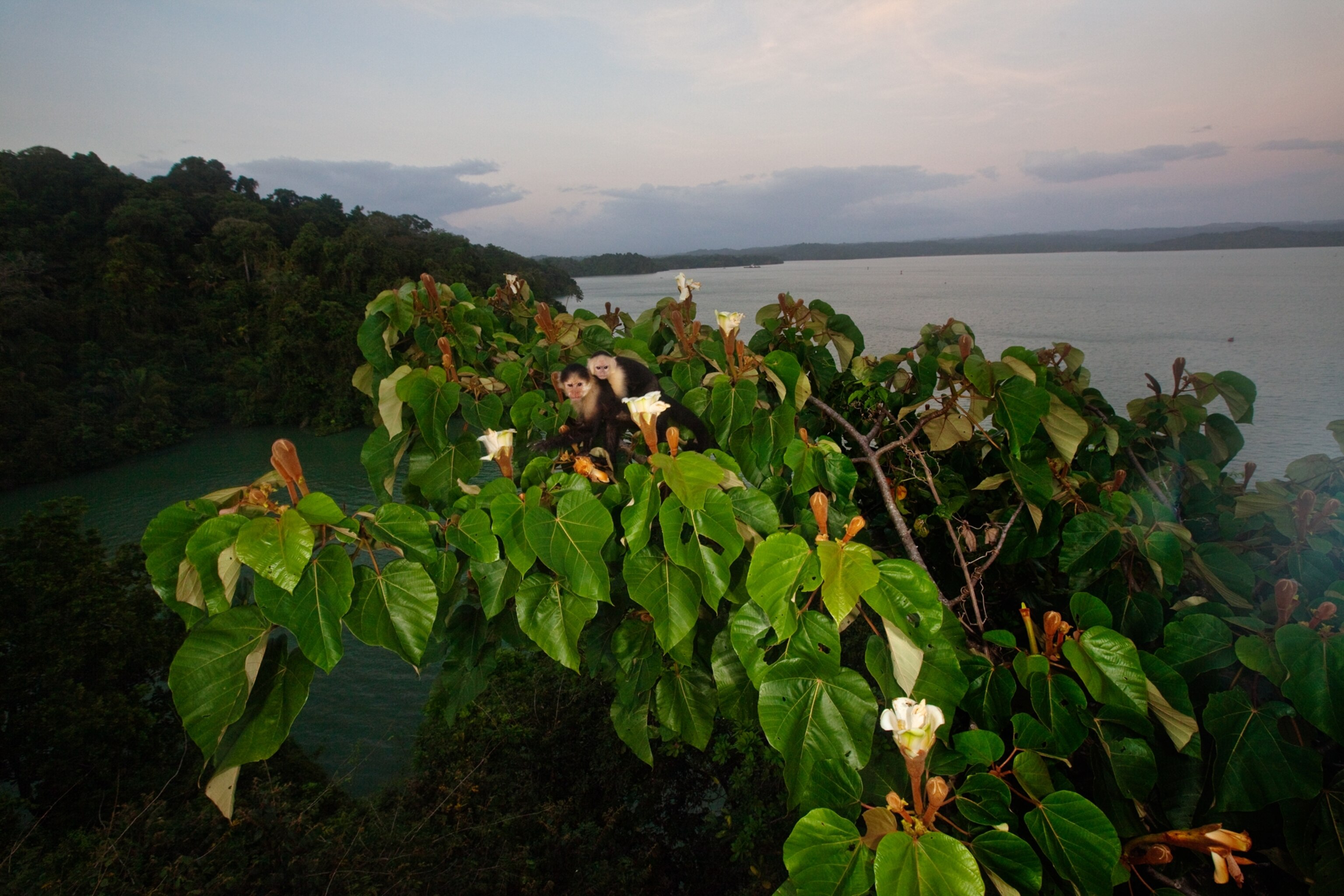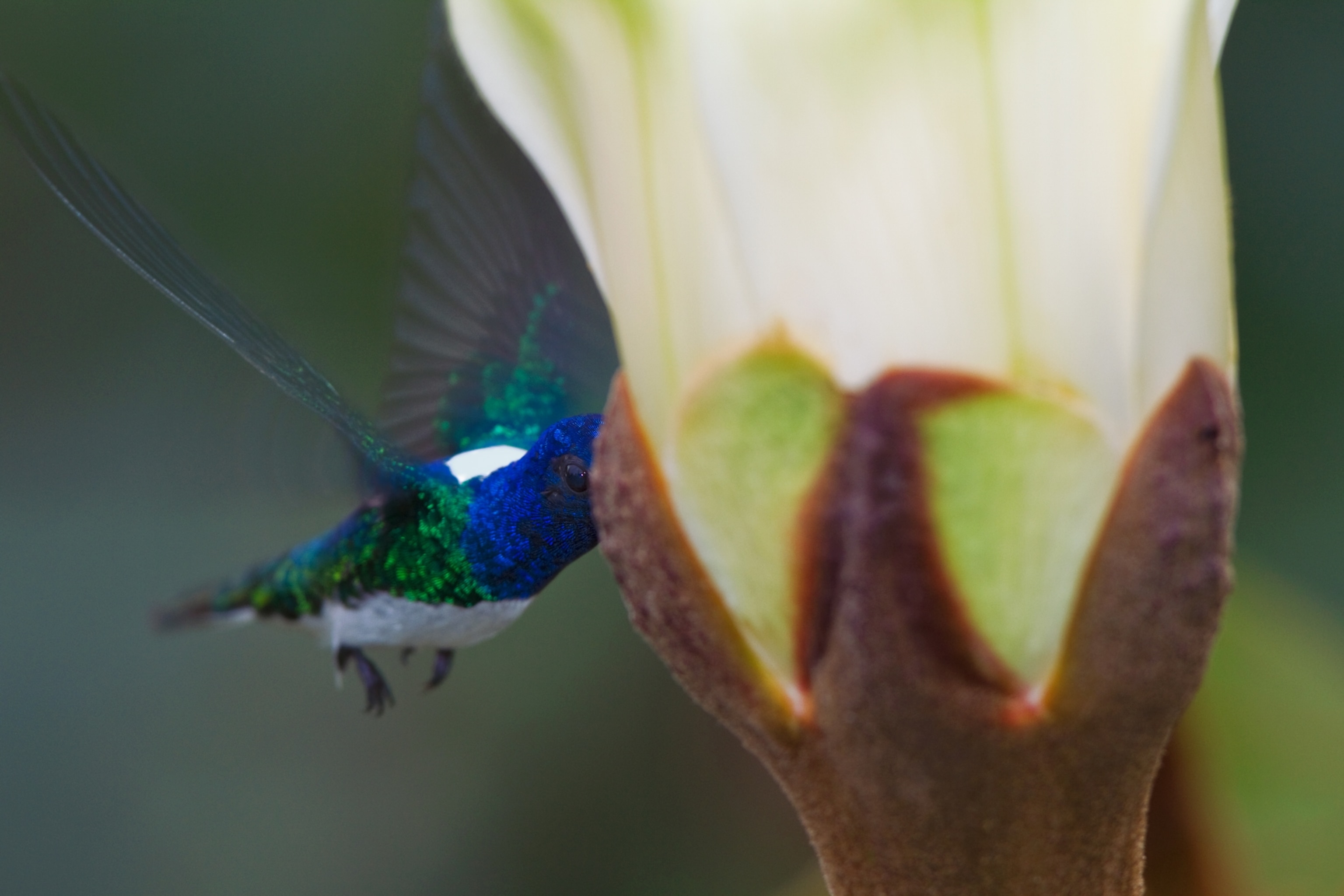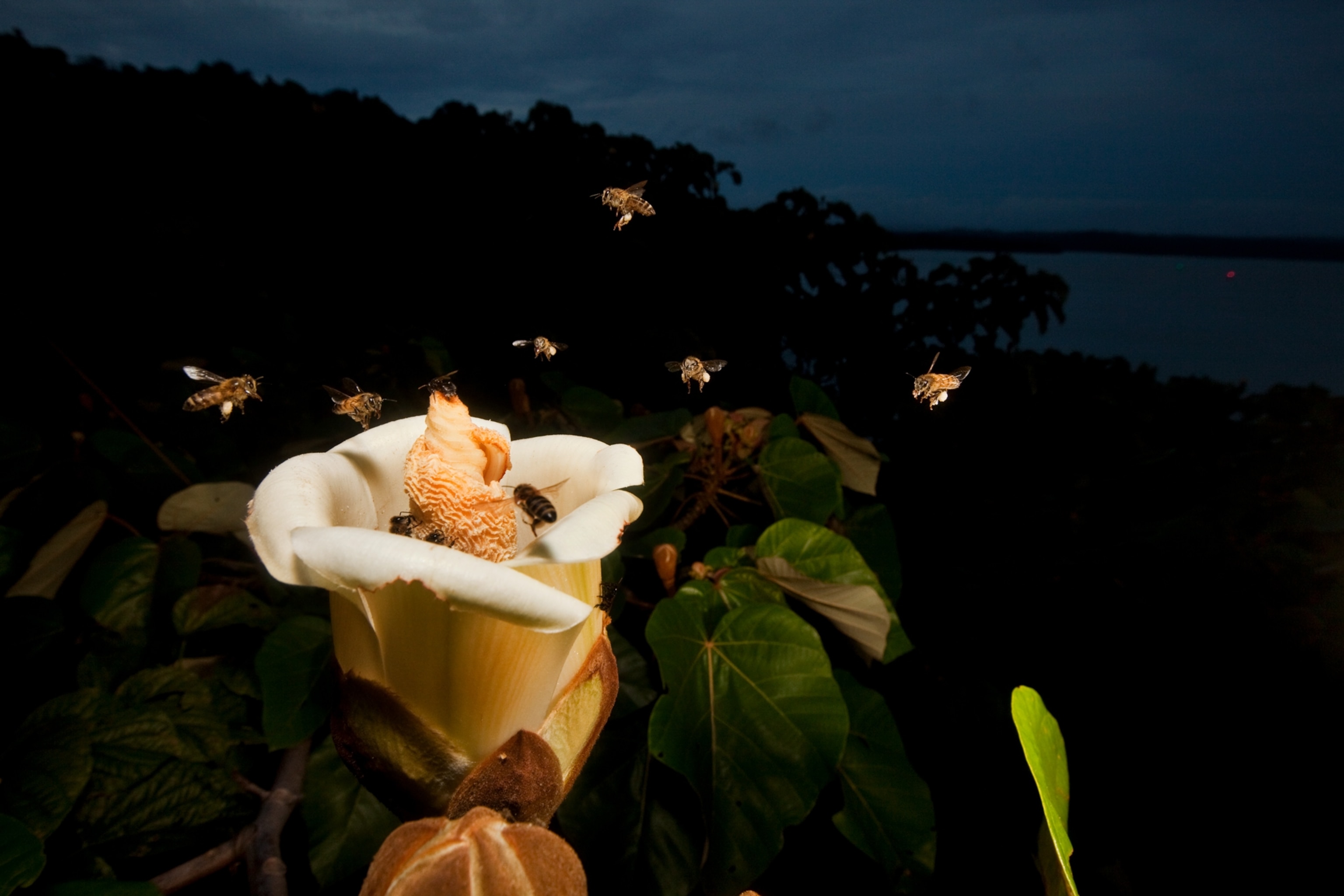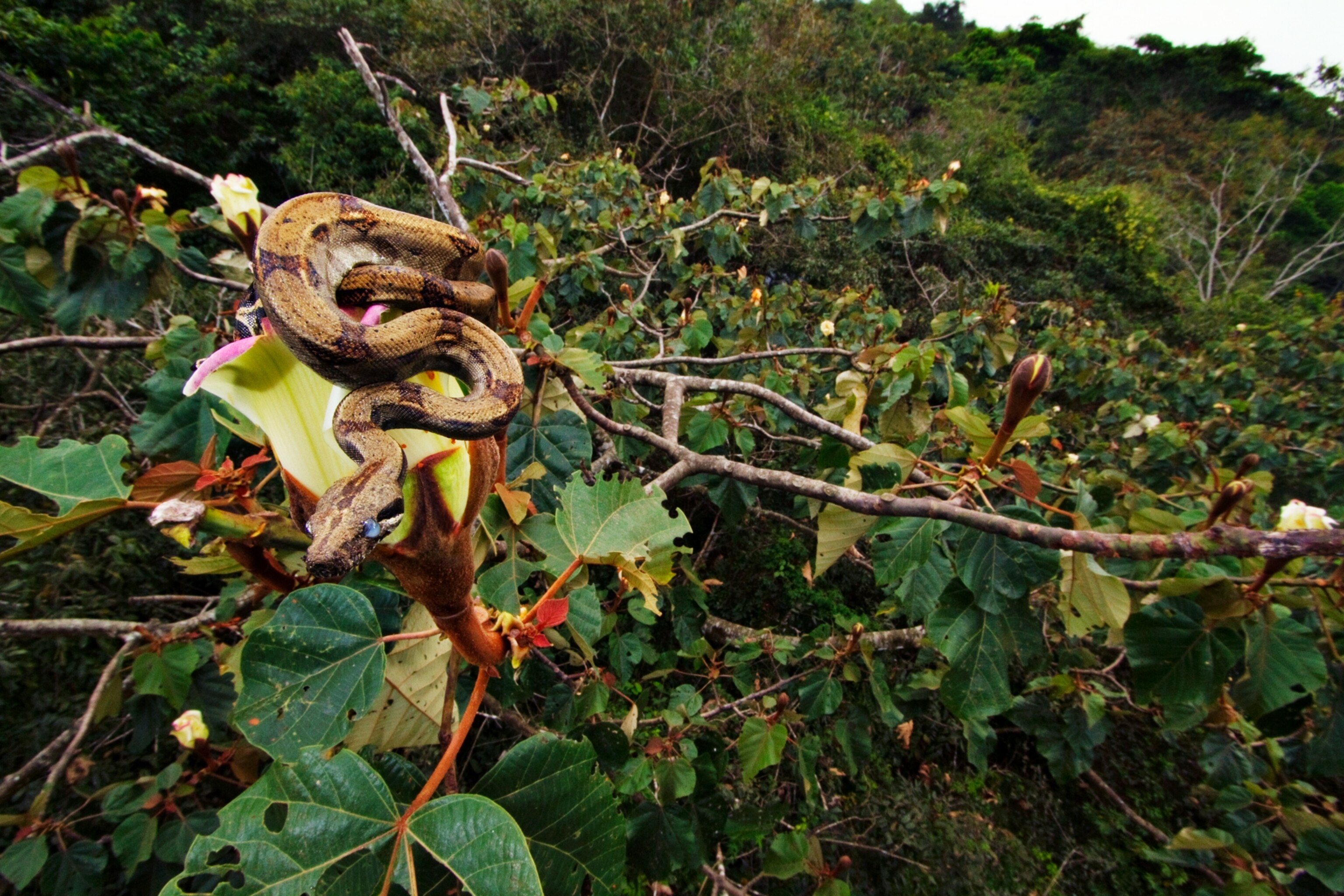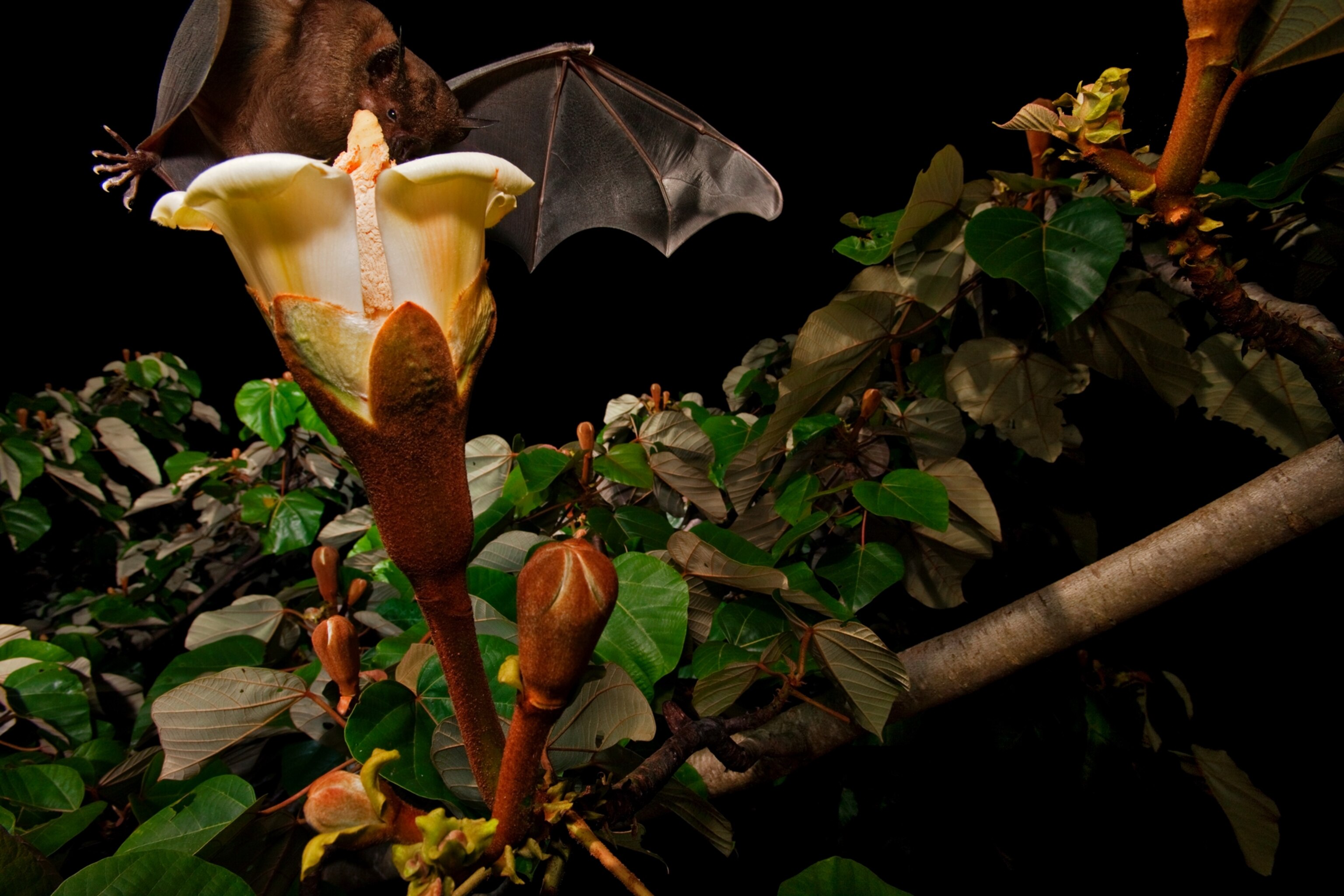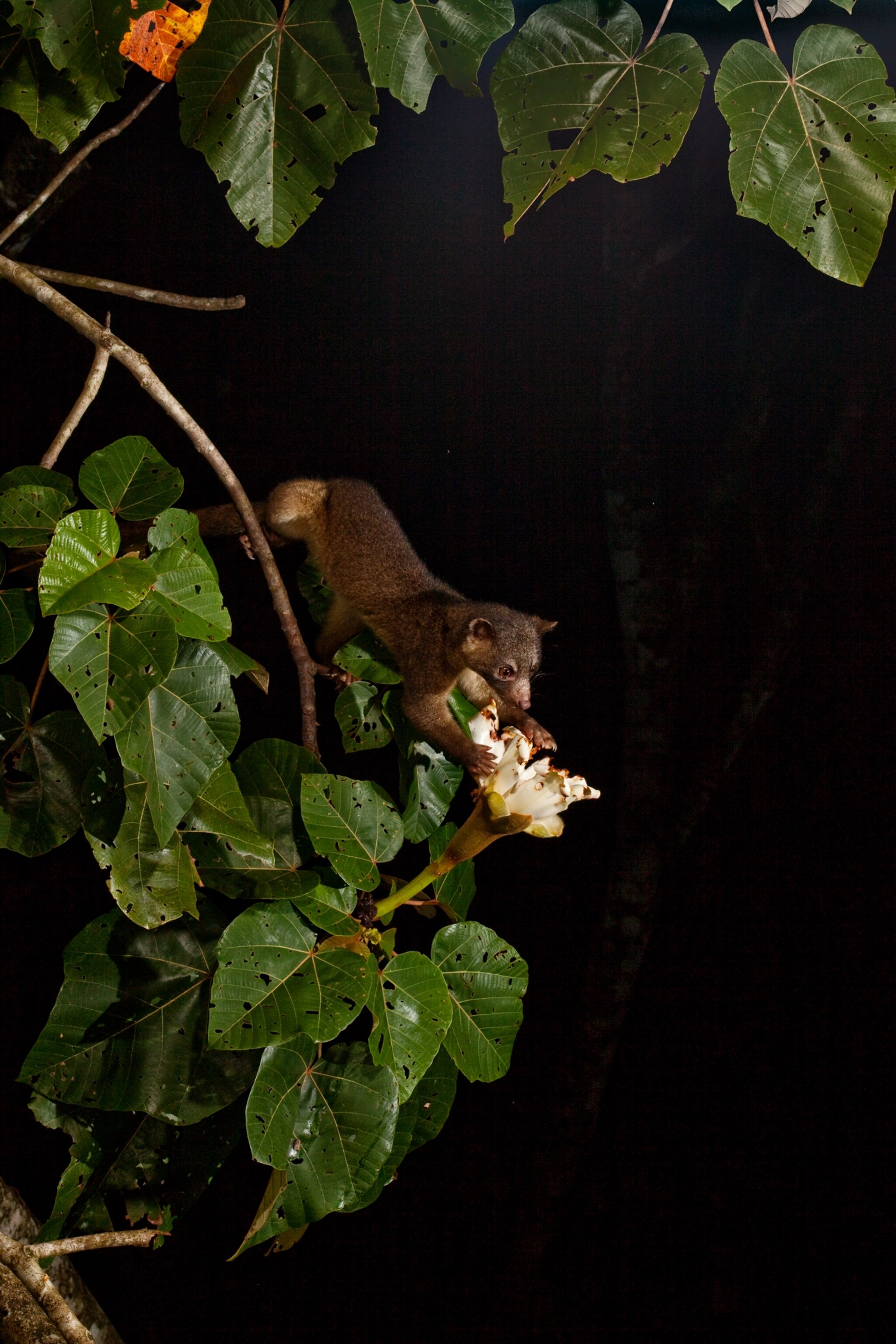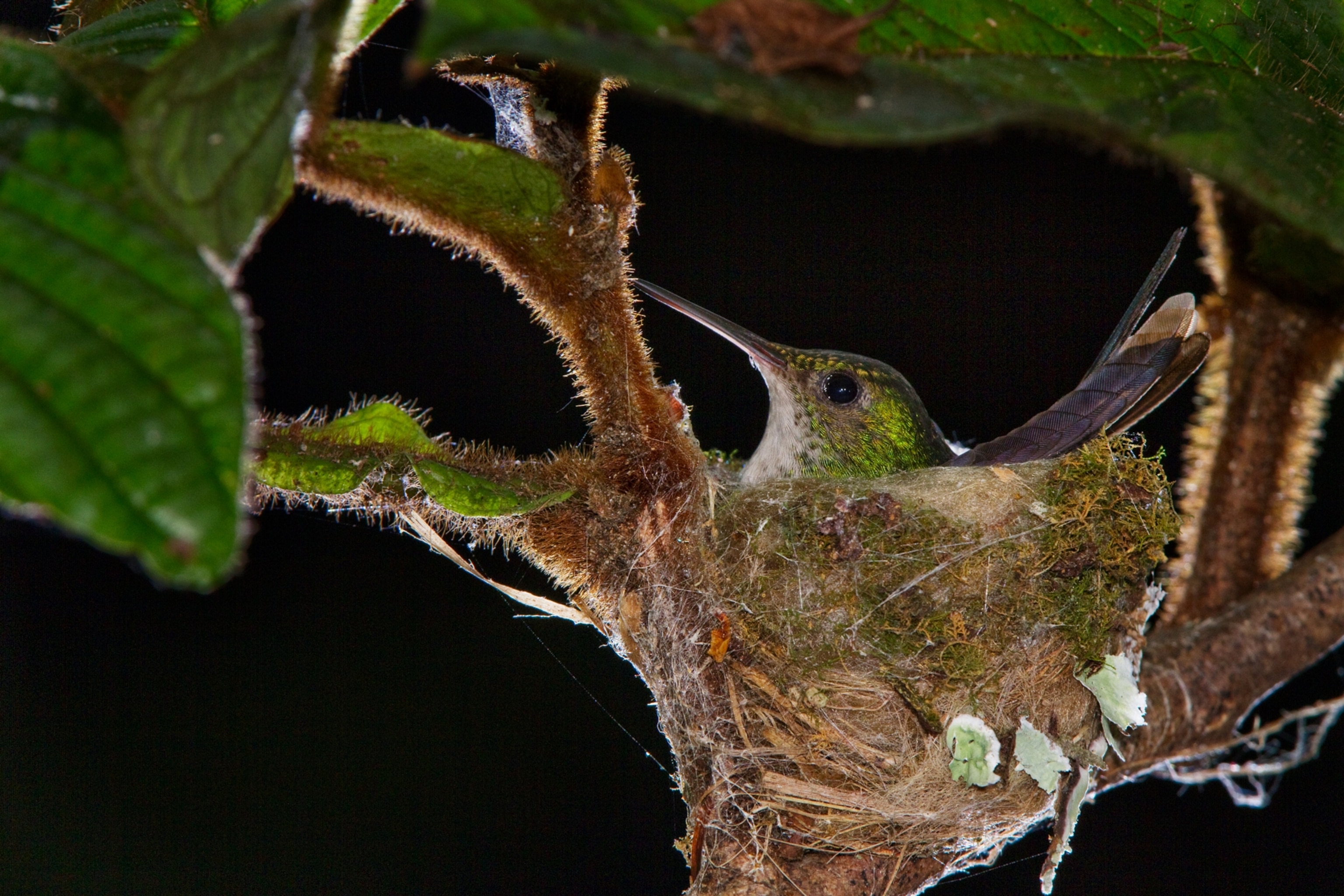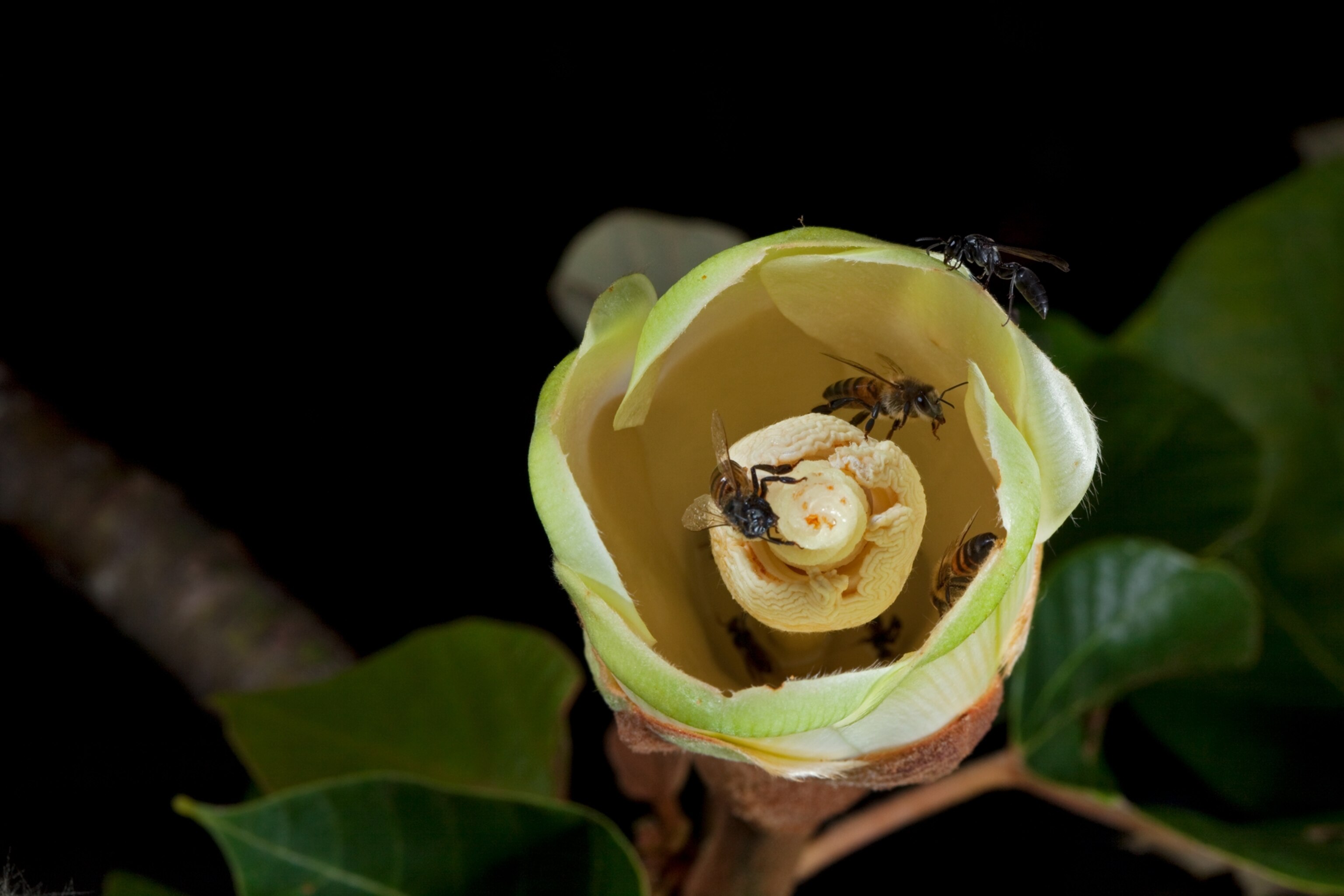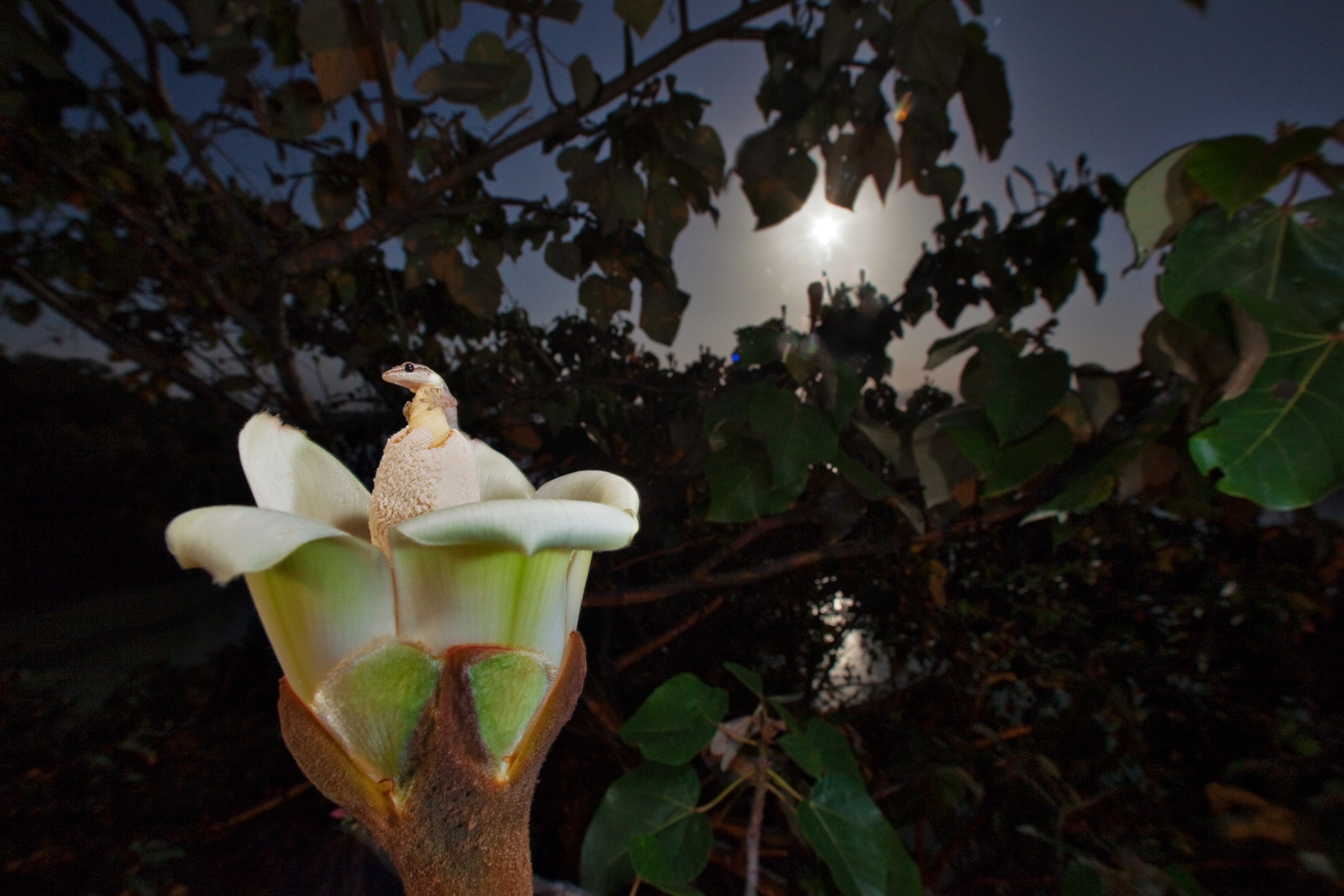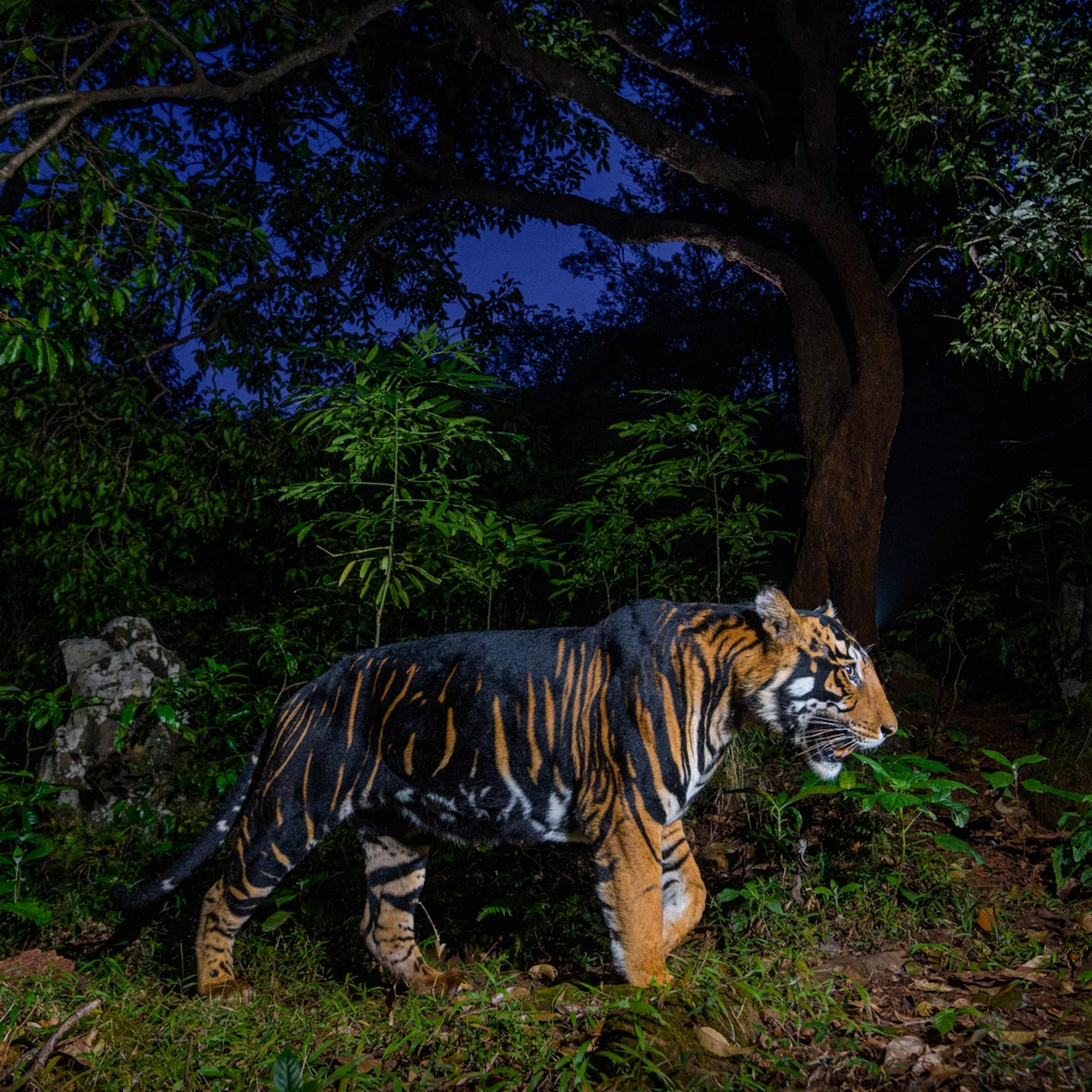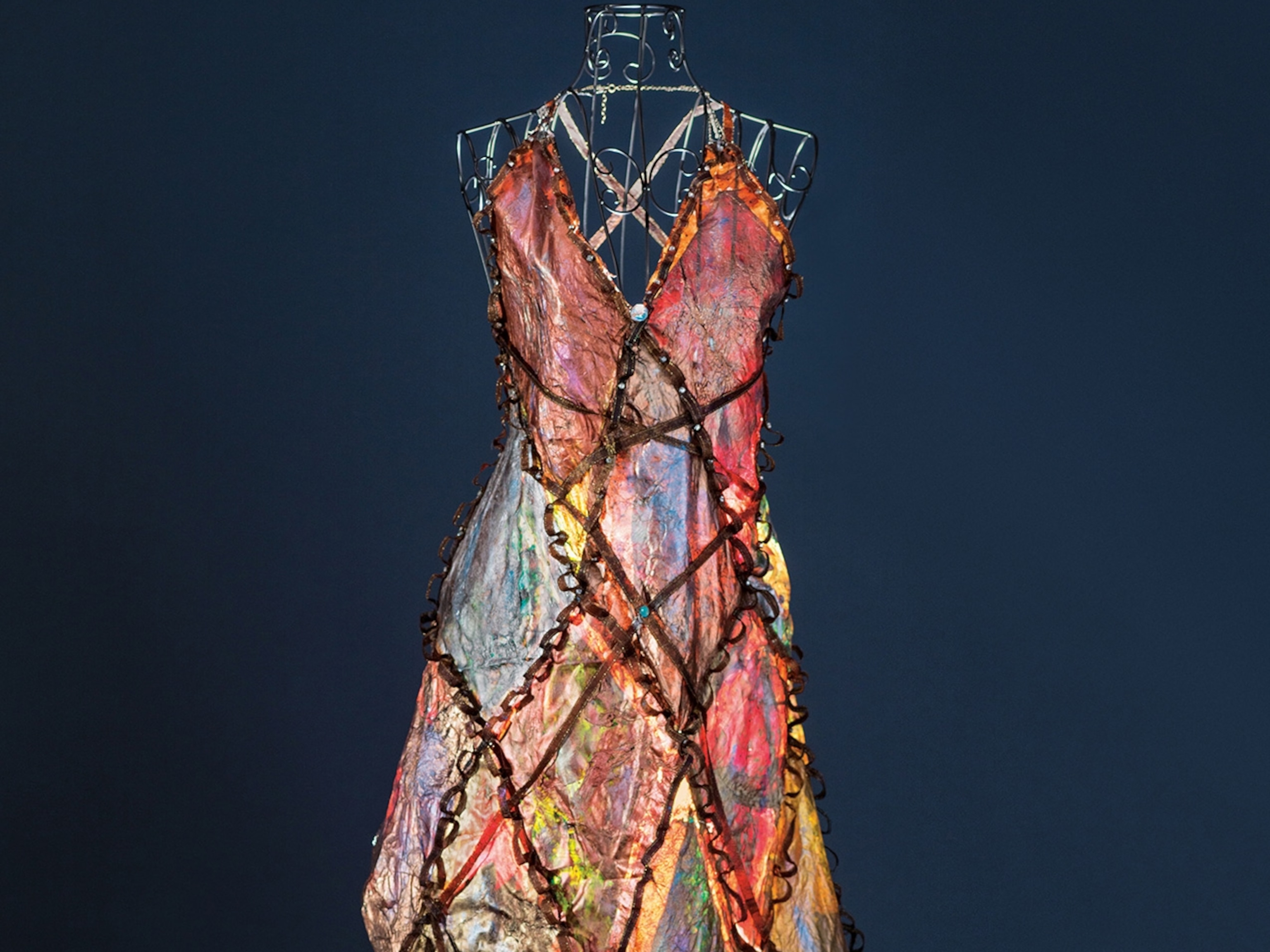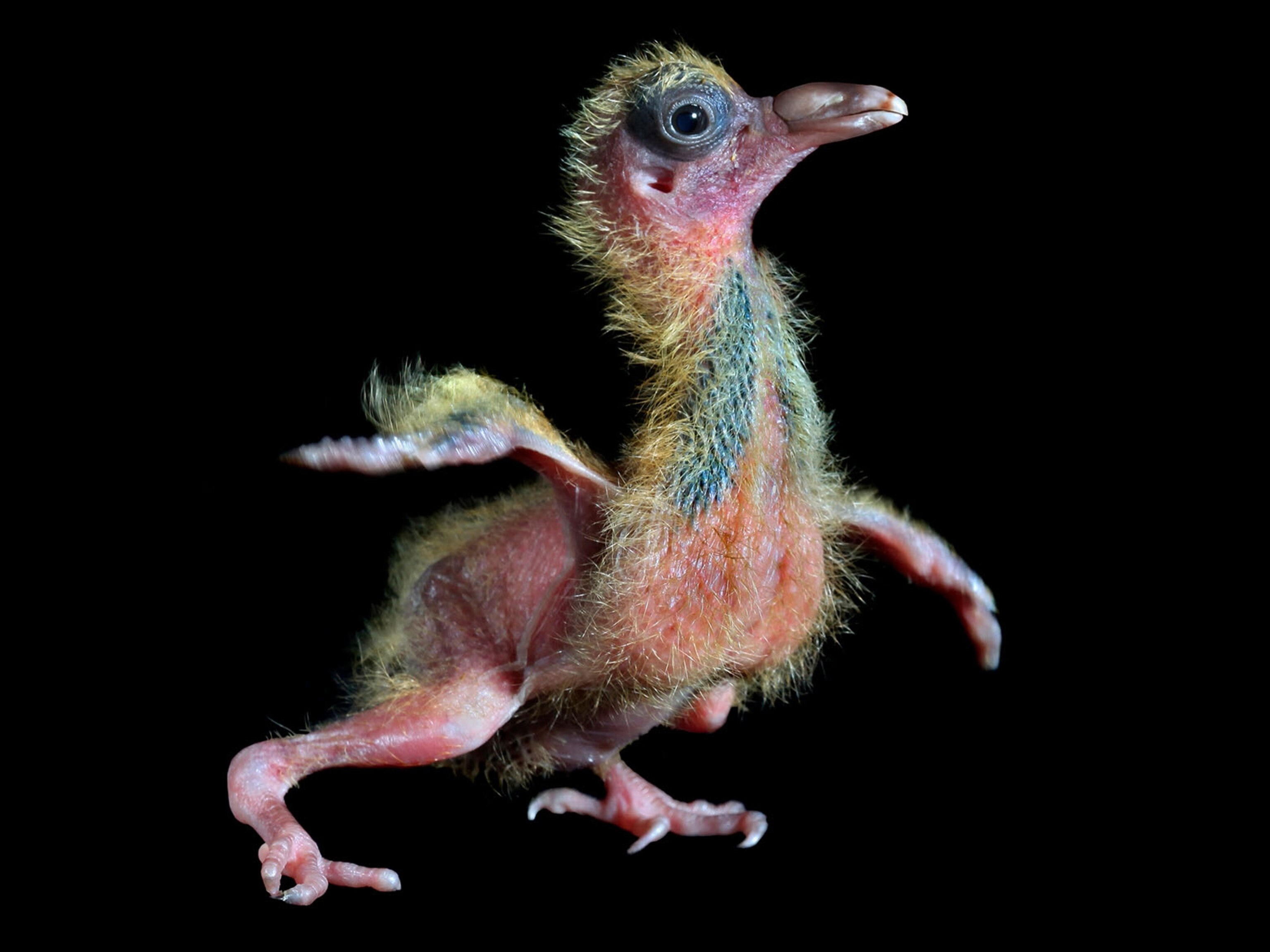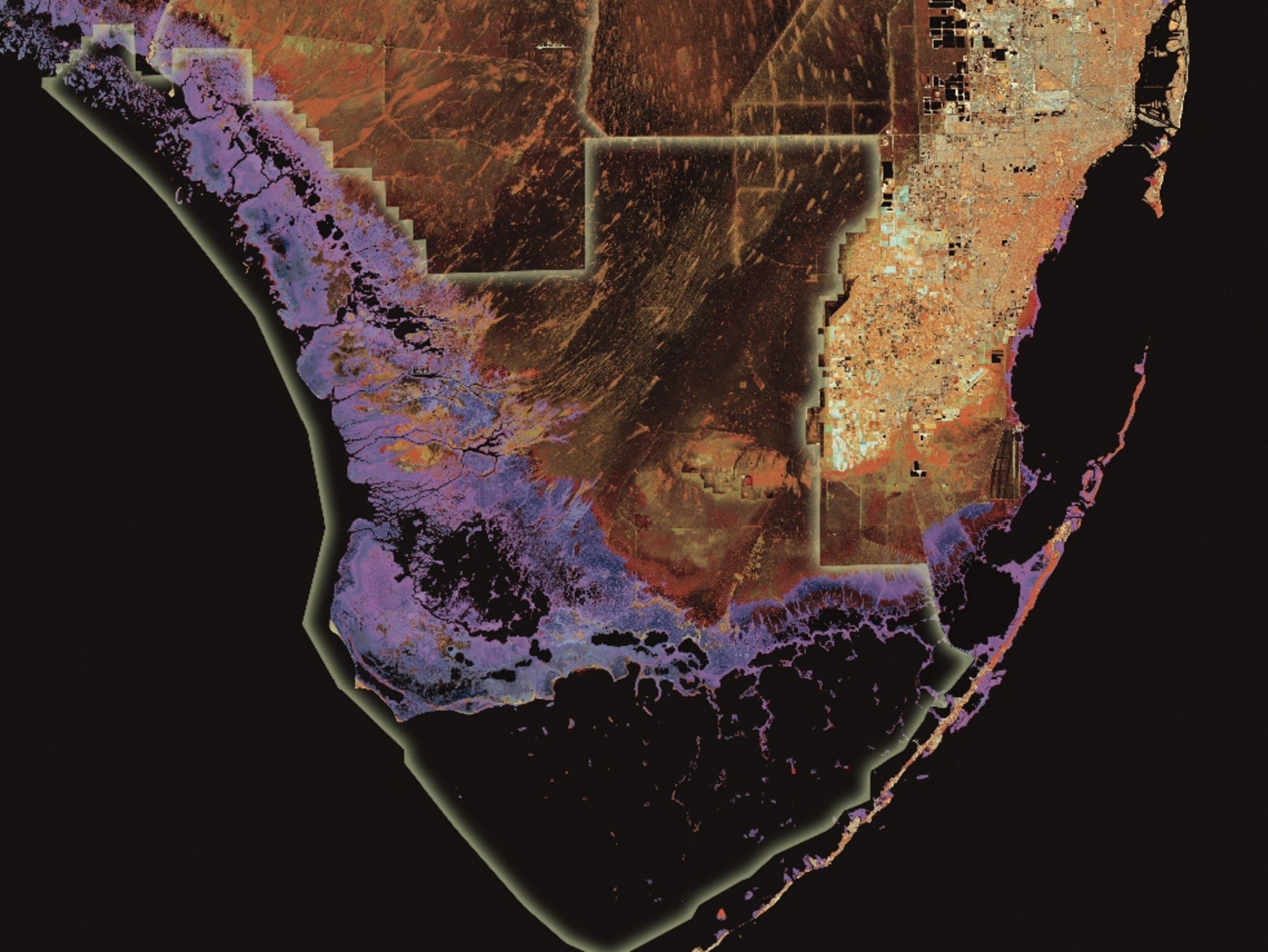Open All Night
The balsa tree bursts into bloom at sunset during Panama’s dry season, feeding a kaleidoscope of species.
Club Ochroma is the bar of choice on Barro Colorado Island, and I've arrived a little early for happy hour at the Smithsonian Tropical Research Station. It's 3:45 in the afternoon, and I'm perched on a hundred-foot makeshift tower overlooking a scruffily majestic Ochroma pyramidale tree of about the same height. More commonly known as the balsa tree, Ochroma is found in many Latin American countries and is the source of the lightweight wood used to make snap-together model dinosaurs, Popsicle sticks, and Thor Heyerdahl's Kon-Tiki raft.
My noble specimen, however, is decidedly pre-lumber, and its branches sag with hundreds of blossoms at varying stages of ripeness: the buds that look like giant brown Q-tips, the unopened volutes with their creamy heads like swirls of soft-serve vanilla ice cream, and the mature flowers, which bloom at night and so are just now spreading wide their five fleshy petals to reveal a pollen-covered stamen surrounded by an inch-deep pool of rich, syrupy nectar. Wider, wider …
A crash of understory, a volley of yeeps, coos, and chutterings, and sure enough, it's the capuchins. Capuchin monkeys are famously shrewd and resourceful primates, the New World equivalent of chimpanzees. And when happy hour rolls around in Panama, you'd better believe their bellies are the first at the bar. Twenty-five of them arrive in conga lines to claim the opening rounds, the unencumbered adults and brash teenagers up front, the mothers with their clinging babies at the rear. Whatever their age or sex, the monkeys all have naked white faces, big humanlike ears, and the pursed, fretful expressions of old shopkeepers. A few stop to flash me an aggressive simian smile, but most get right down to business. They grab the edges of the ripe flowers, stick their heads inside, and with the hunched intensity of vampires, drink the flowers dry.
When they look up again, their muzzles are speckled with pollen, which from the tree's perspective is the whole point of its flowers: to capture the attention of a pollinator long enough that the animal can't help but be brushed with the plant's equivalent of semen, which, if all goes well, the inadvertent matchmaker will eventually deliver to the female parts of another balsa tree's flowers. The exchange is simple: You get drinks on the house, my gametes get a ride on your face.
The sun sinks, a pair of toucans passes noisily overhead, and the diurnal monkeys begin wandering off, heading back to their nests for the night. They were greedy and sloppy, but the tree is unfazed. It promptly refills pawed-over flowers with a fresh supply of nectar and nudges other blooms to unfold. Ochroma is just getting started.
Throughout the night and into the next morning, the trees here and on the mainland nearby will play host to an unusually large and pan-Linnaean cast of characters—mammalian, avian, amphibian, insectile. A few of the customers look familiar: A close cousin of the opossum often seen bumbling around trash cans in the United States turns out to thrive in the tropics and to love the taste of Ochroma juice. Others are gorgeously obscure: If you were to catch a rare glimpse of the olingo, a distant relative of the raccoon, as it slid silently through the branches like an oil spill with feet, you'd realize how alien our planet remains, how poorly we understand its parts.
Ochroma manages to attract its clientele through a simple trick of timing. It blooms at the end of the rainy season, when many other trees are lapsing into dormancy and no longer making fruit. As a result, animals that might otherwise prefer a meal of figs or nuts have little choice but to seek out the balsa tree's nectar and pollen—thin gruel by comparison, perhaps, but precious calories nonetheless. A balsa in bloom becomes the archetypal watering hole in the desert. If you pull up beside it and stay for a while, you can watch the thirsty forest empty Ochroma's pockets before your eyes.
A member of the mallow family, the Ochroma tree lives fast, loose, and on the edge. "It's a very early successional plant," says Joseph Wright, an ecologist at the Smithsonian Tropical Research Institute (STRI). "It comes in and establishes itself in forest clearings where other trees have fallen down or in abandoned pastures. Wherever there is new terrain,Ochroma is the first tall, woody plant to colonize it." The tree grows "incredibly rapidly," he says, and in 10 to 15 years it may be 50, 70, 90 feet tall. It shoots up to such dizzying heights with a shocking disregard for heft. Only the Jacaratia, a relative of the papaya that is more of a treelet than a tree, has lighter wood. A chip off Ochroma will even outbob a cork: Balsa has a fifth the density of water, cork a fourth.
Ochroma are trailblazers and shademakers. They help form the pioneer parasols for new patches of forest, and in their understory slower, denser trees can grow at a more leisurely pace. But it's tough being an upstart, and many balsa trees don't live much past 30 or 40 years of age. They have no time to spare. They must reproduce, which is why from the age of two onward they make big, flashy flowers and infuse them with exceptionally generous portions of nectar. Over the course of a single night a flowering balsa tree may synthesize a quart or more of its signature nectar, a complex mix of sugars and aromatic compounds that has yet to be chemically parsed but that to this casual dipper tastes approximately like sweet syrup of mushroom.
And now we come to a minor balsa mystery. Why does the tree flower at night? As a rule, trees and plants time the opening of their blossoms to attract their preferred pollinators. Day bloomers are after birds, bees, butterflies, and ladybugs; night bloomers are visited by moths, crickets, katydids, and small mammals. Scientists had long assumed that the balsa tree's target audience must be bats. The supposition made sense: Bats are nocturnal, many of them are avid nectarivores, and they can easily reach the highest blooms in a tree.
Roland Kays, a researcher at STRI and the curator of mammals at the New York State Museum in Albany, is among those who now question the conventional wisdom. In tracking the animal traffic in four different balsa trees throughout the blooming season, Kays and his associates spotted only a handful of bats paying the most fleeting of visits to the flowers, even though bats are abundant in the region and are often seen foraging diligently at other plants.
If not to attract bats, then how to explain the balsa's after-dark leanings? Nocturnal insects such as moths wouldn't need such large goblets to be lured over. Capuchin monkeys clearly appreciate Ochroma nectar, and they undoubtedly do their bit to help disseminate its genes, but the monkeys are thought to be incidental rather than primary pollinators of the tree. IfOchroma had evolved to woo the capuchin or any other daytime forager as its major pollinator, it wouldn't wait until late afternoon to start serving drinks.
Kays suspects that the tree's most consistent pollinators may be two arboreal mammals that few have heard of and fewer still have studied: the kinkajou and the olingo. Both are distantly related to the raccoon, ringtail, and red panda, and a recent genetic analysis showed that they are only distantly related to each other.
Yet as a result of their similar life strategies, the kinkajou and olingo have evolved over time to look and act like close sister species. Both have glossy, honey brown fur that blends well with bark; long tails; and large, forward-looking eyes ideal for the visual challenge of navigating through trees at night. Only the kinkajou's tail is prehensile, like a monkey's, and only the kinkajou has been a pet for Paris Hilton. Nevertheless, the diets of the two species are nearly identical, and both are committed arborealists. They're born in the trees; they eat, sleep, haggle, and tryst in the trees; they RIP in the trees. "I bet most never touch the ground in their 20 to 30 years of life," says Kays. "There's no reason to go to the ground—it's dangerous down there."
And every night in the dry season you know where to find them.
